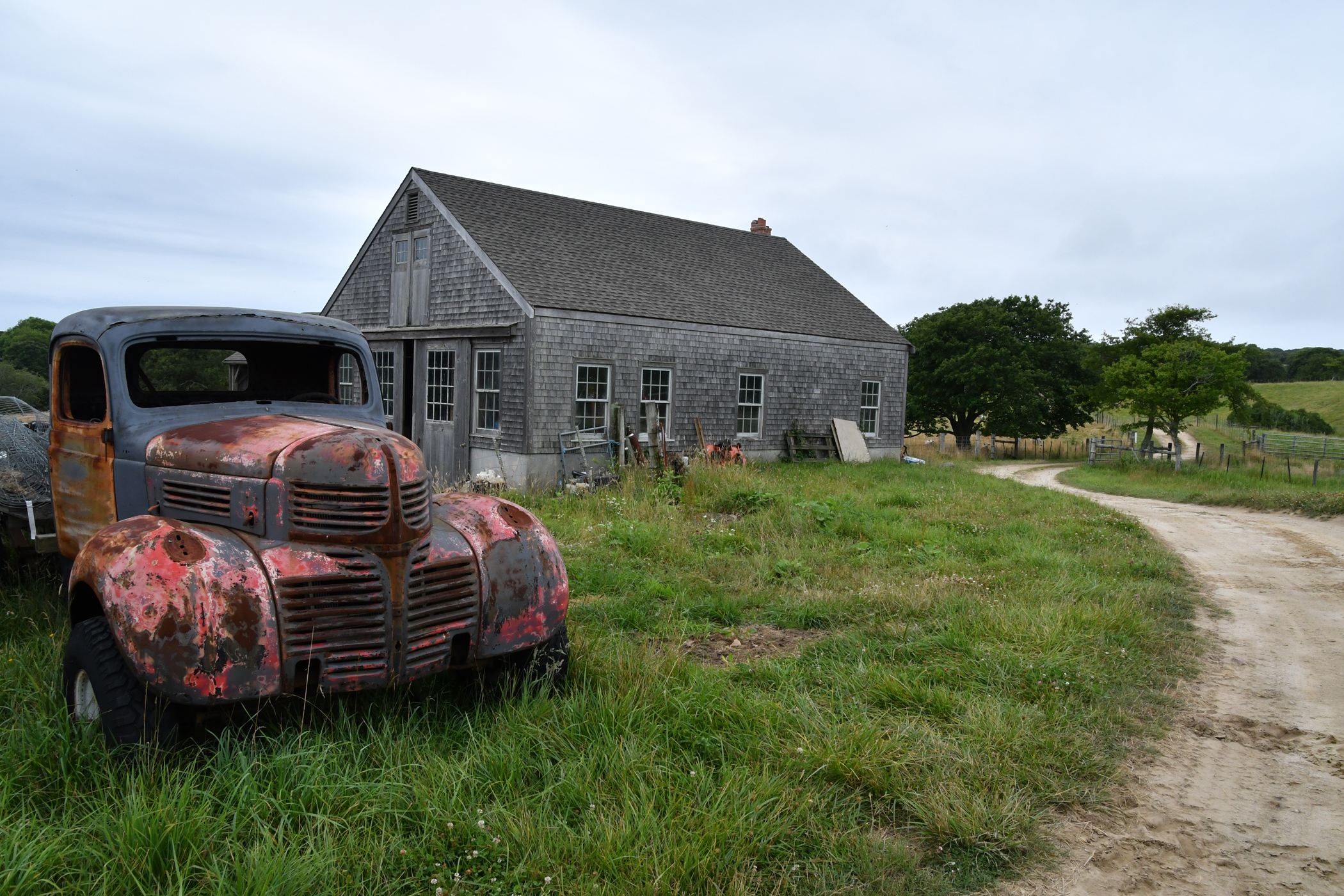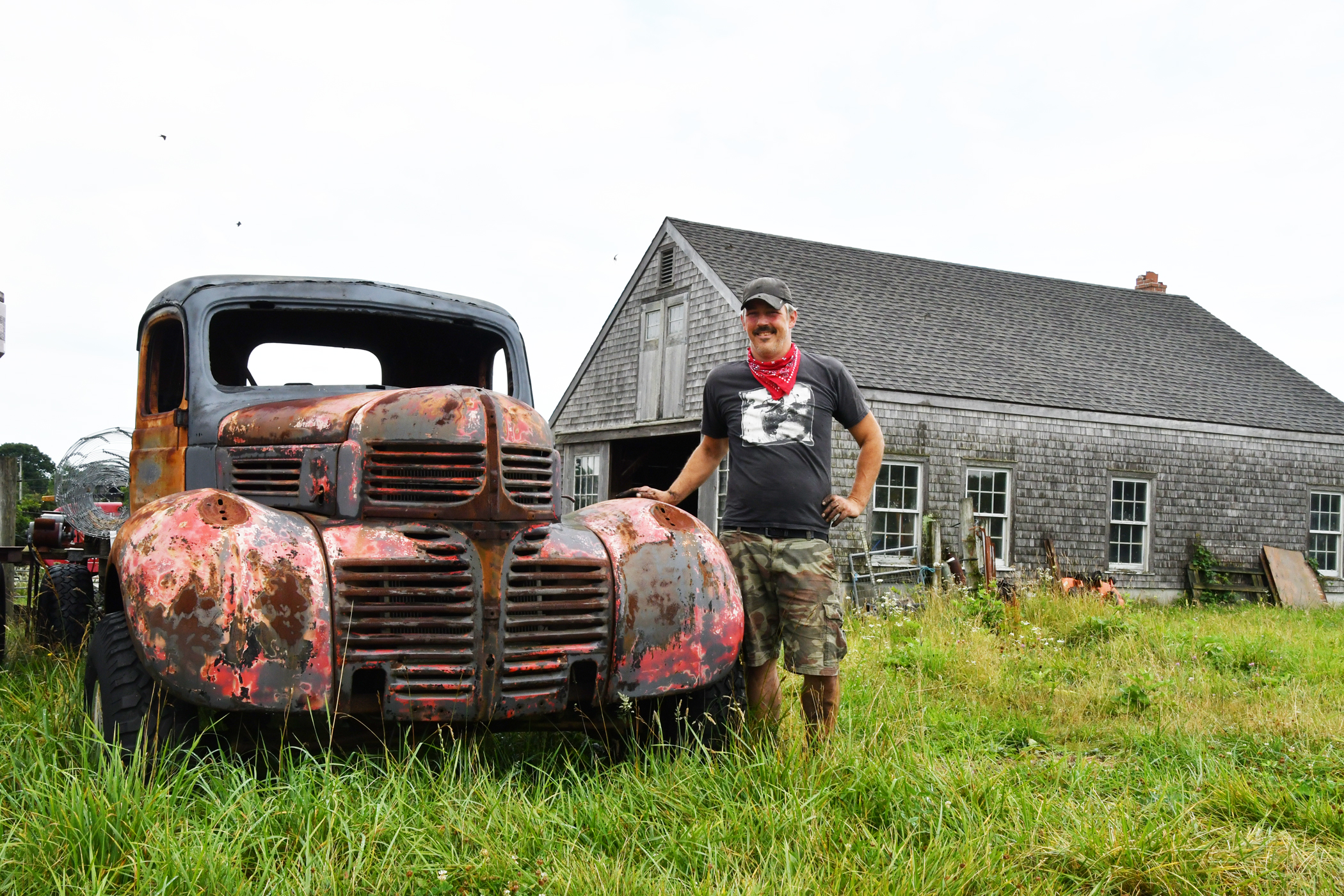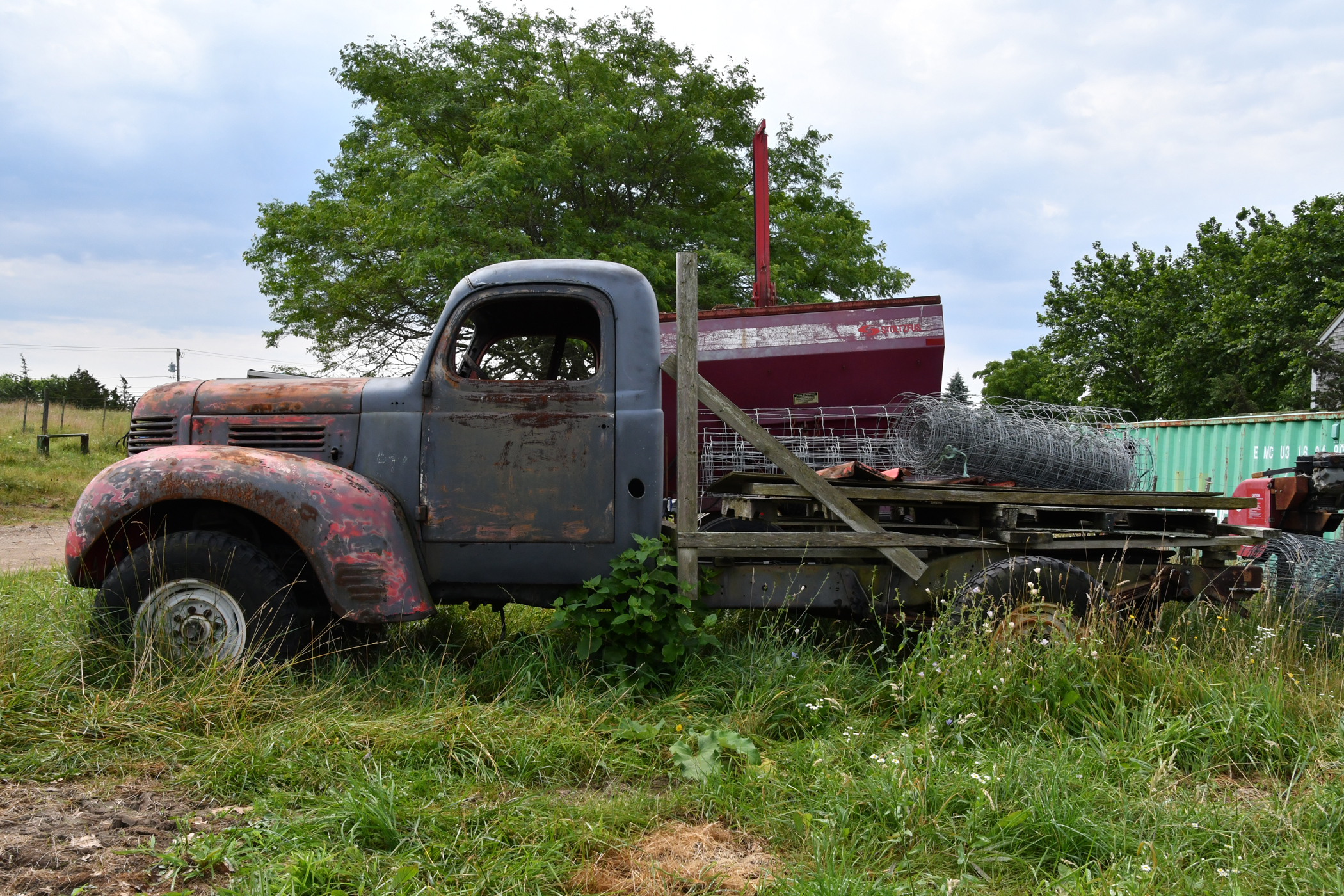Over my decades of motoring along mostly forgotten blue highways, catching sight of an abandoned vehicle long retired to an open field ranked as the visual prize in the back road Cracker Jack box.
Whether huddled next to a weathered outbuilding or a lifeless shell serving as its own gravestone in a windswept field, it fascinated me.
The forsaken and forlorn car or truck rests in a virgin bed of weeds. Witnessing it defending its integrity in an inevitable losing battle against oxidation and time, I would wonder what stories it could tell?
While often no more than a pile of patina with a shape sustained by little beyond a memory, that vehicle, for me, always held out the hope of a fresh and satisfying story waiting to be savored like a new apple from an old tree.
However, while I often stopped, I rarely pursued the story.
Now, as life has afforded me more opportunities to travel blue highways in a more leisurely fashion, I am committed to harvesting the rewards of asking “what’s your story?”
So it was with this 1946 Dodge.
What’s a “Vineyard truck?”

It came into view as the gravel road crested behind the sheep farm on a stony hill overlooking the Atlantic Ocean in Martha’s Vineyard.
Bulbous pontoon front fenders projected a decidedly 1940s look. Though denuded of trim and trappings and literally put out to pasture, the strong and stylish truck cab projected a defiant attitude.
Its Tonka Toy-like early post-war architecture displayed a kaleidoscopic patina with patches of color that indicated a life with many chapters.
 Away from the truck a path led to a rustic barn and sounds of a man at work.
Away from the truck a path led to a rustic barn and sounds of a man at work.
“That your truck on the hill,” I asked. “Yes sir,” came the reply. A tall friendly man in his 30s with a red neckerchief exited the barn. He introduced himself as Steve Broderick. I asked “What’s your story?”
Martha’s Vineyard has dual personality disorder. Both coincide on the same spot of verdant land off the coast of Massachusetts. During the summer months the mega-rich, simply wealthy, ex-presidents and self important celebrity types summer in rustic splendor. George Soros thinks it’s swell.
For the rest of the year with summer and glamour gone elsewhere, when snow falls and bitter winds sweep down barren beaches one finds the people who call Martha’s Vineyard home and who seal deals with a handshake. Many of those people survive by renting out their homes that have been passed down from generation to generation for the short but highly prized summer season. Steve calls it the Vineyard scramble.
 Steve, a talented mechanic, is not one of the mega-rich. Born and raised on the island, Steve rents out his house and performs repairs for a local farm.
Steve, a talented mechanic, is not one of the mega-rich. Born and raised on the island, Steve rents out his house and performs repairs for a local farm.
It’s a 1946 Dodge one ton. “I’ve always liked these Dodges. They are not as popular as Fords or Chevies, but they’re so stylish.” Says Steve.
With the Dodge’s long standing history in front of a friend’s shop across the island, the truck had acquired the status of “permanent fixture.” In 2009 Steve bought it. According to Steve it was pretty complete.
Steve had a plan.
Steve envisioned the Dodge becoming a “Vineyard truck” daily driver. “Vineyard truck?” Clearly, like a “Brooklyn bagel,” a “Vineyard truck” had to exhibit certain taste-based standards to qualify.
“Its nuanced’” said Steve. He continued, “A ‘Vineyard truck’ is not too shiny. It should look like it has a story behind it. By the mere fact that it still runs, it should inspire a general observer fascination. It is not a rat rod, but its patina affords it a certain rough hewn style. It’s a bit freaky, a bit funky. It’s got to be usable. You know, tow a trailer. Go to the dump. Rumbling past you a “Vineyard truck” is big on cool. When it passes you should almost feel the history. Yeh, history is good.”
No simple solution would do for Steve. His plan involved fitting the Dodge body on the chassis of a low mileage 1988 Ford F350 cut van ambulance that he also owned. Steve wanted his Vineyard truck” to look like 1946 but drive like 1988.
Once back at his shop, the Dodge was completely disassembled. The first three years produced great progress. All sorts of body work, floors and according to Steve a horrifying amount of fabrication.
However, at the top of the challenge list loomed integrating the F350 chassis and the Dodge body. Steve retained the column shift, power steering, everything.
 The very sound F350 chassis featured a 7.3-liter International diesel engine with the C6 3-speed automatic transmission. “The 7.3 is a good engine though not an exceptionally high performance engine, but It does sound cool,” says Steve with a smile.
The very sound F350 chassis featured a 7.3-liter International diesel engine with the C6 3-speed automatic transmission. “The 7.3 is a good engine though not an exceptionally high performance engine, but It does sound cool,” says Steve with a smile.
An enormous amount of re-engineering brought the dissimilar hero and donor vehicles into a smoothly operating, if rough looking, truck. In reflecting Steve’s professionalism, he said, “Doing it right demanded an enormous amount of engineering.” But I‘m a mechanic, you know, it’s got to work right.”
So how did the Dodge end up in the field? “Life,” says Steve. In 2012 life dealt him a hand that would result in his facing single parenthood with three boys, a five–year old and one-year old twins.
At that point the Dodge ran great. It just was missing the trimmings. It needed an interior, glass and a bed.
 We would go out for a few burn-out sessions and donuts in the field. “But,” says Steve, “I had to shut the project down. I had to focus on the kids. I no longer had the budget or the time.”
We would go out for a few burn-out sessions and donuts in the field. “But,” says Steve, “I had to shut the project down. I had to focus on the kids. I no longer had the budget or the time.”
With his ‘46 Dodge stoically sitting there, Steve estimates that completing the truck would take a year and about $7,000. Neither of which he presently has to spare.
“However, with most of the re-engineering done,” a smiling Steve says. “In a few years it could make a great dad and kids project.

Great story, Burton. That truck is a year older than both of us. I think I need a new chassis too.
We both have more miles than the truck:)
A new coat of paint and a SB Chevy and it’ll be ready for cruise night.
I am partial to Honduras Maroon and dual quads.
Steve sounds like my kind of guy. And that’s definitely my kind of truck. I hope he gets to finish the project with his kids. It’s something I hope to be able to do with my daughter someday.
Great story Burton.
Steve really was a very grounded and enjoyable man to speak with. Summer would be very cute handing you tools.
Wouldn’t it be nice ( Beach Boys ) if the Dodge brothers caught wind of this and paid a visit to the island and helped finish it the way Steve envisioned
Love the work Burt
Best, Dave Took
It is a good looking truck. Thank you for the kind words.